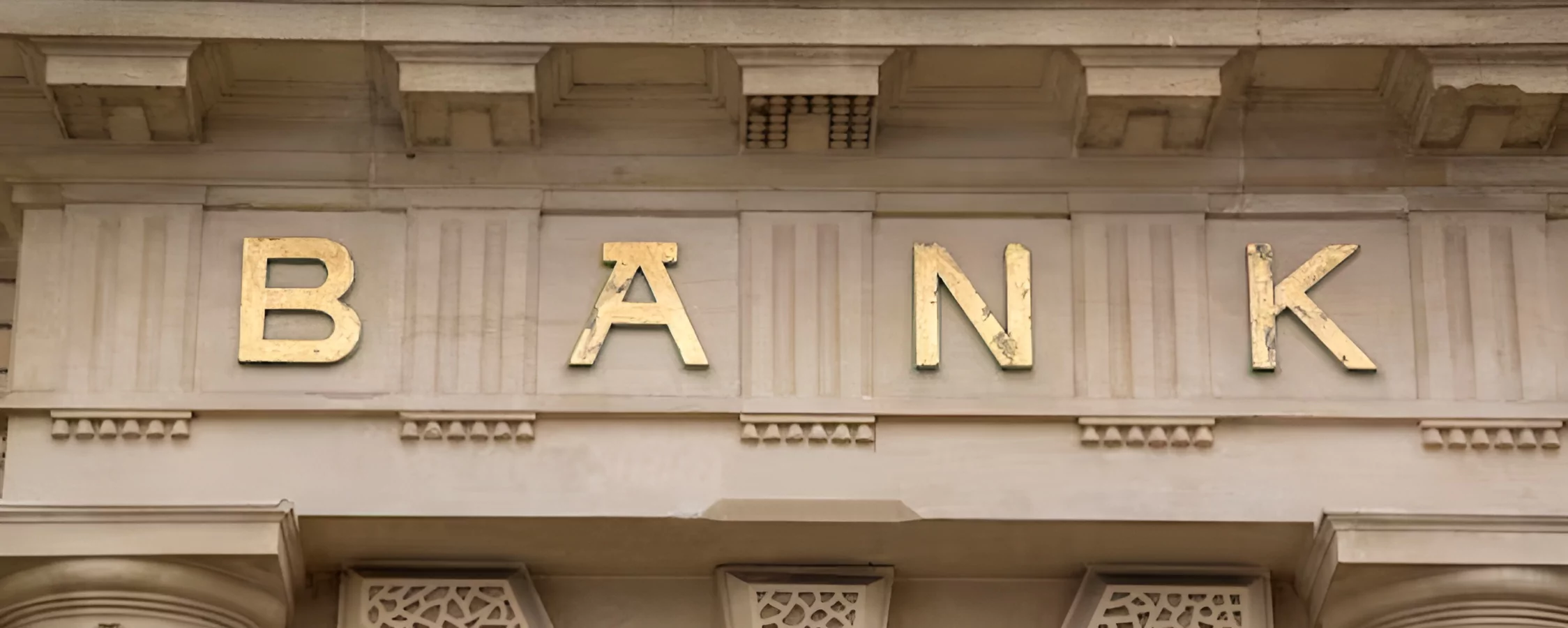Embedded finance is like the secret ingredient that subtly changes the way we shop, pay, and invest. It is everywhere but frequently goes overlooked. Have you ever scheduled an Uber ride and had the payment processed automatically? Or make payments in installments while shopping online? That is embedded finance at work. It’s all about integrating financial services—payments, lending, and insurance—directly into the apps and platforms we already use. No more switching between programs or dealing with tedious processes. Let’s look at the top 10 examples of embedded finance that are disrupting industries and making life easier for everyone.
What Exactly Is Embedded Finance?
Imagine you’re shopping online. Previously, you’d pick your items, head to checkout, and then get redirected to a separate payment gateway (ugh, those extra steps!). If you needed financing or insurance, you’d have to leave the platform entirely and apply elsewhere. Talk about a hassle.
Embedded finance changes all that. It integrates financial tools—like payments, lending, and insurance—directly into non-financial platforms. This makes transactions smoother, faster, and more convenient. Think of it as the financial glue holding everything together, creating seamless experiences for users.
Businesses love it, too. Why? It boosts revenue, improves customer loyalty, and simplifies the buying process. With 70% of business leaders prioritizing personalization, embedded finance is becoming a no-brainer.
Now, let’s explore the top 10 examples of embedded finance and see how it’s transforming industries.
1. Embedded Payments
Embedded payments are the backbone of embedded finance. They allow transactions to happen directly within a platform, eliminating the need to redirect users to another payment gateway. This reduces friction and speeds up the checkout process.
Real-World Examples:
- Uber and Lyft: When you finish a ride, payments happen automatically. No fumbling for cash or swiping your card. It’s all seamless. For drivers, this guarantees instant payments and avoids the awkwardness of unpaid fares.
- Amazon’s “1-Click” Purchasing: Amazon pioneered the one-click buying feature, allowing users to make purchases instantly without repeatedly entering payment details. This innovation significantly reduces cart abandonment and improves customer satisfaction.
Businesses using embedded payments see higher conversion rates, better cash flow, and happier customers. It’s a win-win.
2. Ride-Sharing Apps
Ride-sharing platforms like Uber and Bolt are prime examples of how embedded finance enhances user experience. Payments are handled automatically once the ride ends, making the process seamless for both riders and drivers.
Why It Works:
- Removes the hassle of manual payments.
- Ensures drivers get paid instantly.
- Reduces the risk of unpaid fares.
Embedded finance in ride-sharing has solved a huge pain point, and it’s one of the reasons these apps have become so popular.
3. E-Commerce Platforms
Online shopping has been completely transformed by embedded finance. Platforms like Amazon, Shopify, and Etsy integrate payment systems directly into their checkouts, offering features like one-click purchasing and stored payment methods.
Highlights:
- Shopify Payments: Shopify not only integrates third-party payment methods but also provides its payment system, streamlining the checkout process for both merchants and customers.
- Etsy: By allowing customers to save payment details and use embedded payment options, Etsy reduces friction and encourages repeat purchases.
The result? Faster checkouts, reduced cart abandonment, and happier customers.
4. Buy Now, Pay Later (BNPL) Services
BNPL services like Klarna, Afterpay, and Affirm have taken the retail world by storm. These platforms let users split payments into smaller, interest-free installments, all without leaving the e-commerce platform.
Why It’s a Game-Changer:
- Customers can afford high-ticket items without breaking the bank.
- Retailers see higher sales and lower cart abandonment rates.
- The entire process—credit approval and payment splitting—happens seamlessly within the app or website.
BNPL democratizes purchasing power, making it easier for everyone to access the products they want.
5. Point-of-Sale (POS) Financing
Similar to BNPL, POS financing is often used for bigger purchases like furniture, electronics, or appliances. Retailers like Apple and Ikea offer financing options directly at checkout so customers can spread payments over time.
How It Works:
- Real-time credit scoring assesses a customer’s eligibility for financing.
- Payments are spread out over months, often with zero or low interest.
- The entire process is handled within the retailer’s platform.
For businesses, POS financing attracts more buyers and increases average order values. For customers, it makes high-value purchases more manageable.
6. Digital Wallets

Digital wallets like Apple Pay, Google Pay, and PayPal are great examples of embedded finance. These wallets allow users to store payment methods digitally, making transactions faster and more secure.
Benefits:
- No need for physical cards or cash.
- Supports peer-to-peer transfers.
- Enhanced security with features like tokenization.
Whether you’re shopping online or in-store or sending money to a friend, digital wallets make payments effortless.
7. In-App Financial Services
Some platforms take embedded finance to the next level by offering full-blown financial services. Think bill payments, savings tools, and even tax calculations—all within a single app.
Examples:
- Revolut and Cash App: These apps let users manage their finances, trade cryptocurrencies, and even save money—all in one place.
- Tax Services in E-Commerce: Platforms that automatically calculate local taxes during checkout simplify compliance for both businesses and customers.
By centralizing financial tasks, in-app services save time and build loyalty.
8. Embedded Insurance
Gone are the days of hunting for insurance policies. Embedded insurance offers coverage options right at the point of purchase.
Where You’ll See It:
- Travel Booking Platforms: Sites like Expedia and Booking.com let you add travel insurance during checkout.
- E-Commerce Product Protection: Retailers like Walmart offer extended warranties for electronics and appliances.
This hassle-free approach increases adoption rates and boosts revenue for businesses.
9. Embedded Investments
Investing has never been more accessible, thanks to embedded finance. Apps like Robinhood and Cash App let users buy stocks and cryptocurrencies directly within their platforms.
Key Features:
- Commission-free trades.
- Fractional shares for small-scale investors.
- Simplified interfaces for beginners.
Embedded investments lower the barrier to entry, making wealth-building tools available to everyone.
10. Robo-Advisors
Robo-advisors are automated platforms that manage investments based on user preferences. Think of them as your personal finance assistant, minus the hefty fees.
How They Work:
- Users answer a few questions about their financial goals.
- The system creates and manages a diversified portfolio.
- Investments are adjusted automatically based on market trends.
Robo-advisors make investing accessible for beginners while offering professional-grade strategies at a fraction of the cost.
The Future of Embedded Finance
Embedded finance is more than just a trend; it is the future. The ways in which financial services are integrated will grow with digital platforms. Businesses that implement embedded finance will not only remain successful but will also discover growth opportunities.
Consumers will gain from quicker transactions, simpler credit availability, and greater financial management. Whether you’re taking a cab, purchasing online, or investing, integrated finance is quietly working behind the scenes to simplify your life. So the next time you conduct an easy transaction, pause to enjoy the wonder of embedded finance.













